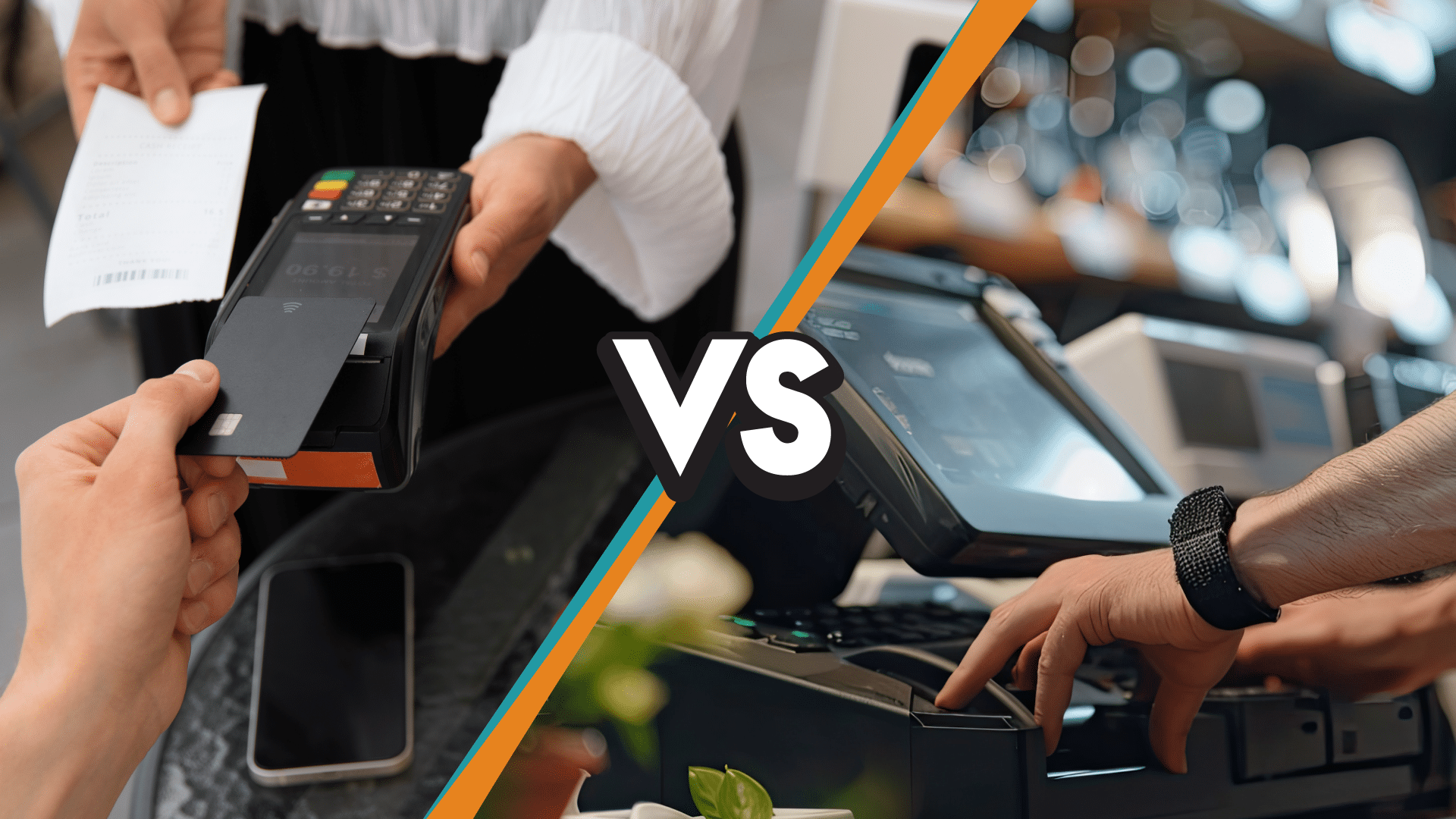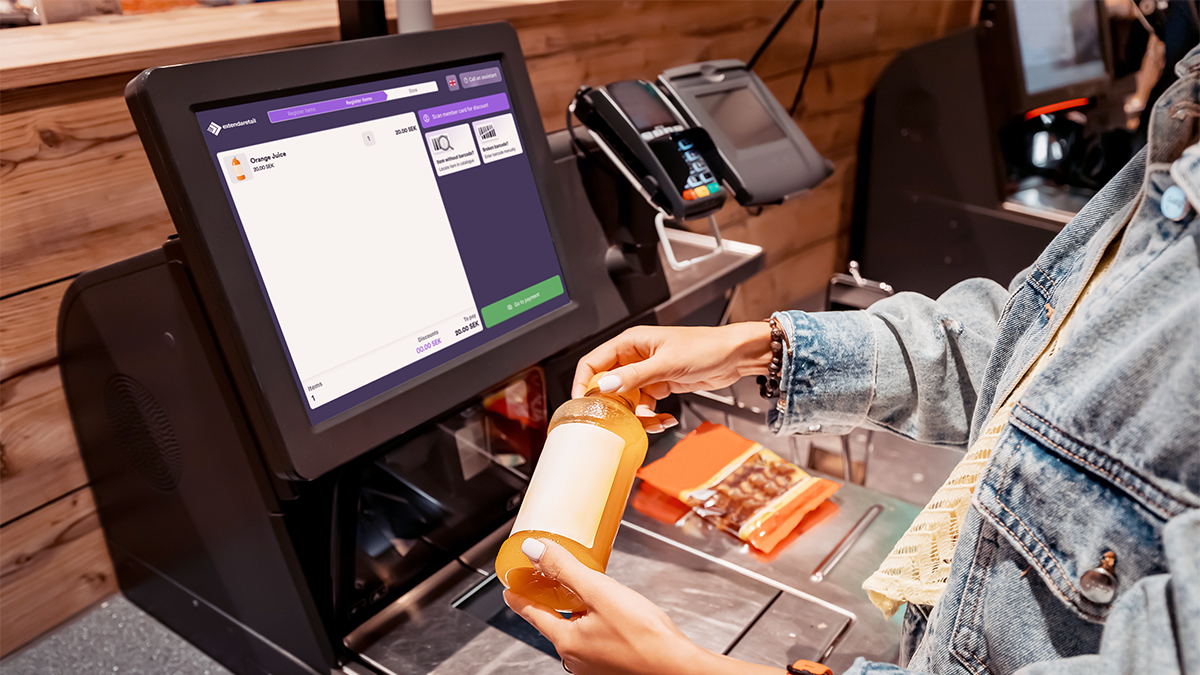The Link Between POS and Restaurant Marketing Success

In today’s fast-paced restaurant industry, staying ahead means more than just serving great food. It’s about creating an experience, building relationships, and using smart tools to drive business growth. One of the most underrated tools for achieving restaurant marketing success is the Point of Sale (POS) system. While traditionally viewed as just a tool for transactions, modern POS systems have evolved into powerful marketing engines that can transform how you attract, engage, and retain customers.
POS Systems: More Than Just Payments
At its core, a POS system processes orders and payments—but today’s smart POS platforms offer far more. With features like customer data tracking, loyalty programs, email marketing integrations, social media insights, and real-time analytics, a POS system becomes a central hub for business intelligence and strategic marketing.
1. Customer Data Is Marketing Gold
A modern POS system captures valuable data with every transaction. You can track:
- What dishes are selling best
- Customer visit frequency
- Preferred ordering times
- Average spend per visit
- Contact details for repeat customers
This data allows you to create targeted marketing campaigns based on actual customer behavior. For instance, if you notice certain customers always order brunch on weekends, you can send them a personalized email offering a free mimosa on their next Sunday visit.
2. Loyalty Programs That Keep Guests Coming Back
POS-integrated loyalty programs are a game-changer for marketing. Instead of relying on punch cards, customers can automatically collect points through their digital profiles in the POS system. You can set up reward thresholds—like a free dessert after 5 visits—or even tiered membership perks that encourage more frequent dining.
Loyalty programs not only increase repeat visits but also give you another avenue to promote new menu items, seasonal specials, and exclusive events.
3. Smarter Promotions and Discounts
Running discounts blindly can hurt your bottom line. But with POS insights, you can track which offers bring the most return. For example, if your “Tuesday Taco Special” consistently drives higher check sizes, you can promote that more aggressively on social media and email.
POS analytics help you test and optimize promotions, ensuring your marketing budget is focused on campaigns that convert.
4. Email & SMS Marketing Integration
Many POS systems integrate directly with email and SMS marketing platforms like Mailchimp, Constant Contact, or Twilio. This allows you to segment your customer list and automate campaigns such as:
- Birthday discounts
- “We Miss You” messages for inactive customers
- Event invitations (like wine nights or live music)
The result is personalized, timely outreach that keeps your restaurant top of mind without adding more to your daily to-do list.
5. Social Media Targeting
Some advanced POS systems allow you to sync customer data with social media ad platforms. That means you can run hyper-targeted ads to people who have already dined with you—using lookalike audiences to find potential new customers who match your regulars’ preferences.
The ability to bridge offline dining with online engagement makes your social ad spend significantly more effective.
6. Real-Time Performance Tracking
Your POS dashboard shows which marketing campaigns are driving sales in real time. Whether it’s a limited-time lunch special or a QR-code coupon campaign, you can track redemption rates, average ticket size, and customer feedback.
This kind of visibility allows you to pivot quickly, tweak underperforming strategies, and double down on what’s working.
Final Thoughts
Marketing success in the restaurant world isn’t just about creativity—it’s about strategy backed by data. A modern POS system doesn’t just streamline your operations; it fuels your growth. From building loyalty to launching targeted campaigns, your POS gives you the tools to understand your customers and turn every meal into a lasting relationship.






